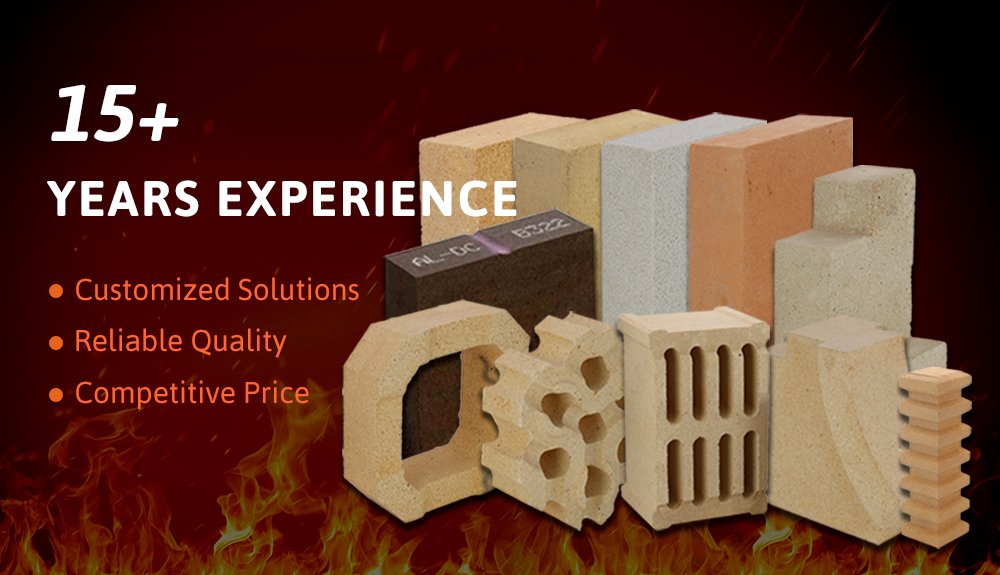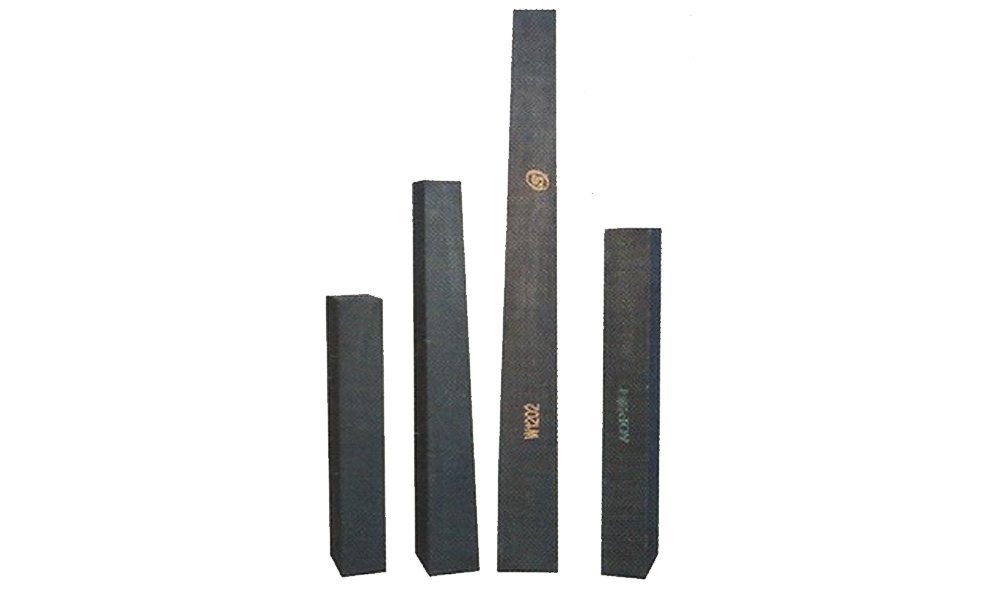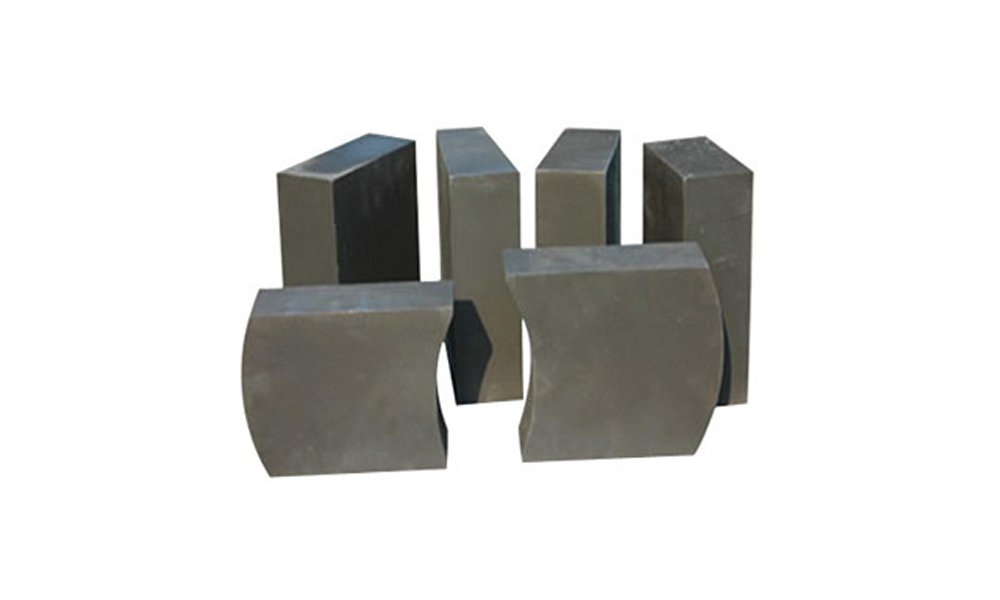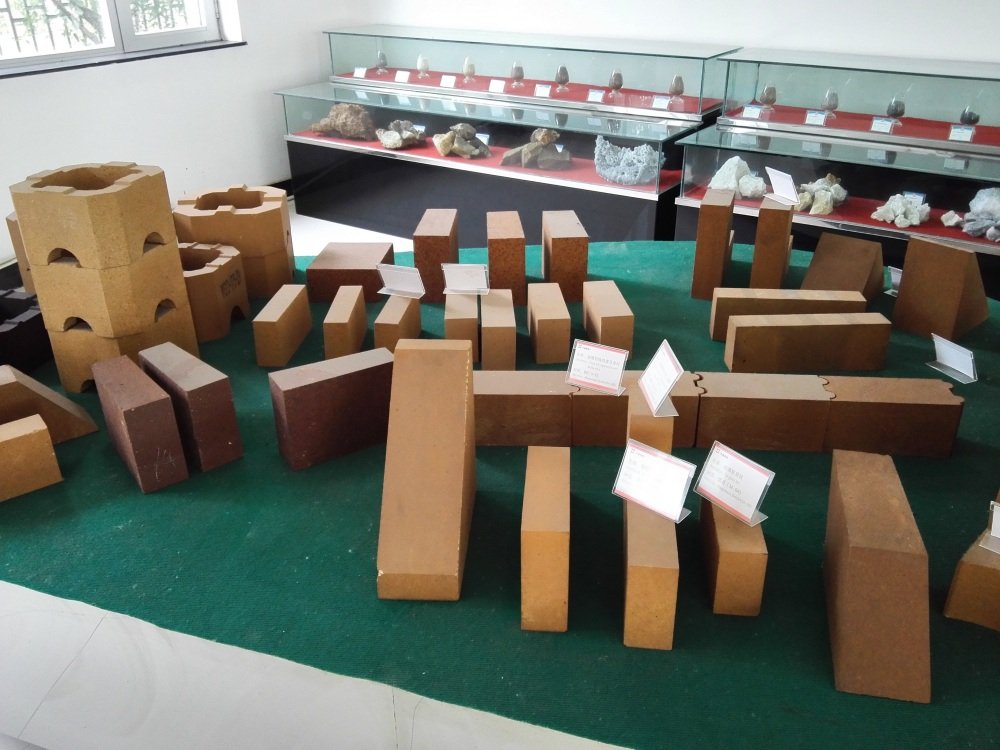



Magnesia carbon bricks possess uniqueness in multiple aspects:
1. Superiority of Component Integration: It combines the high refractoriness and strong slag resistance of magnesia with the high thermal conductivity, low coefficient of thermal expansion, and good lubricity of carbon. This unique combination endows the brick body with both structural stability and thermal performance advantages at high temperatures, enabling rapid heat dissipation and buffering of thermal stress.
2. Exceptional Erosion Resistance: It has a strong resistance to erosion media such as molten steel and slag. Whether it is the alkaline steelmaking slag or the complex melts generated during non-ferrous metal smelting, it is difficult for them to penetrate and corrode the brick body, effectively protecting the furnace lining.
3. Outstanding Thermal Shock Stability: Thanks to the buffering of thermal stress by carbon materials and its own relatively reasonable coefficient of thermal expansion, even in the face of rapid cooling and heating during the steelmaking process, such as the frequent blowing and tapping operations of the converter, magnesia carbon bricks are not prone to cracking and spalling, ensuring the continuity of production.
4. Good Mechanical Properties at High Temperatures: In a high-temperature environment, it can still maintain high strength, withstand mechanical forces such as the impact of molten steel, the gravity of materials, and the scouring of gas flow, maintain the shape of the furnace lining, reduce the frequency of maintenance, and lower production costs.
5. Good Machinability: Compared with some traditional refractory bricks, magnesia carbon bricks have a relatively uniform texture and are easy to cut, grind, and other processing operations. It is convenient to precisely adapt according to different furnace types and masonry parts, improving construction efficiency and masonry quality.








